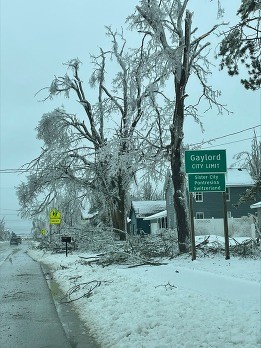By Nicolle Spafford, DNR Urban Forestry Grant Manager
Nicolle.Spafford@wisconsin.gov or 715-896-7099
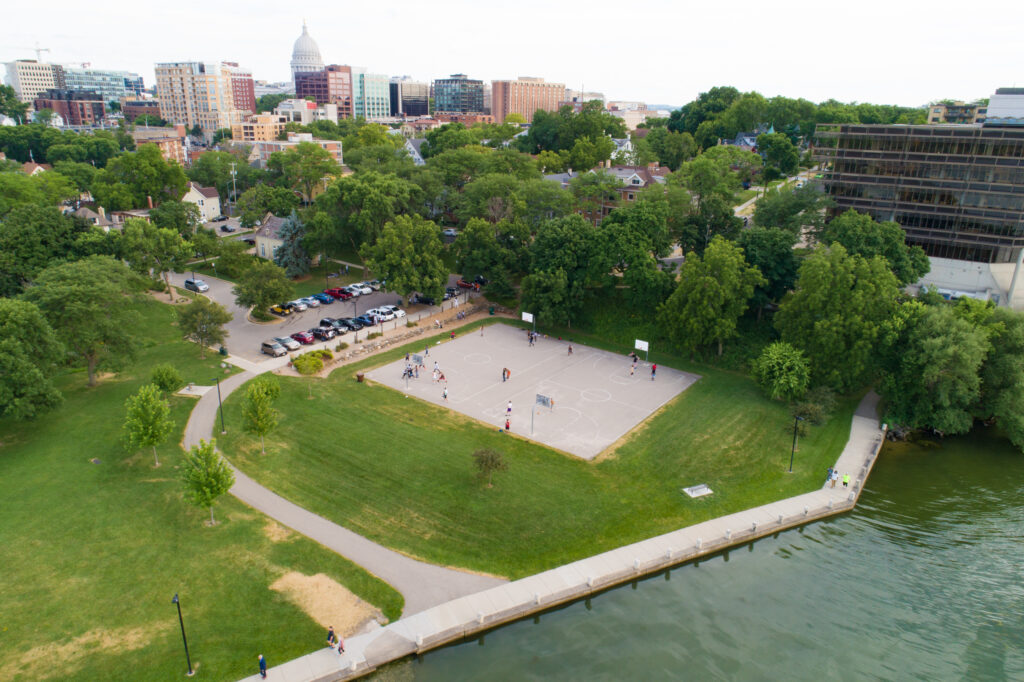 The Wisconsin Department of Natural Resources (DNR) today announced Urban Forestry Grant Program recipients for the 2026 grant year. The program helps fund projects consistent with state and national goals for increasing the urban forest canopy.
The Wisconsin Department of Natural Resources (DNR) today announced Urban Forestry Grant Program recipients for the 2026 grant year. The program helps fund projects consistent with state and national goals for increasing the urban forest canopy.
The Urban Forestry Grant Program is distributing almost $550,000 in grant funds. A dollar-for-dollar match puts the total estimated cost of these projects over $1.2 million. In total, 38 applications were selected to receive funding, with awards ranging from $2,128 to $25,000. Continue reading “2026 Urban Forestry Grants Announced”

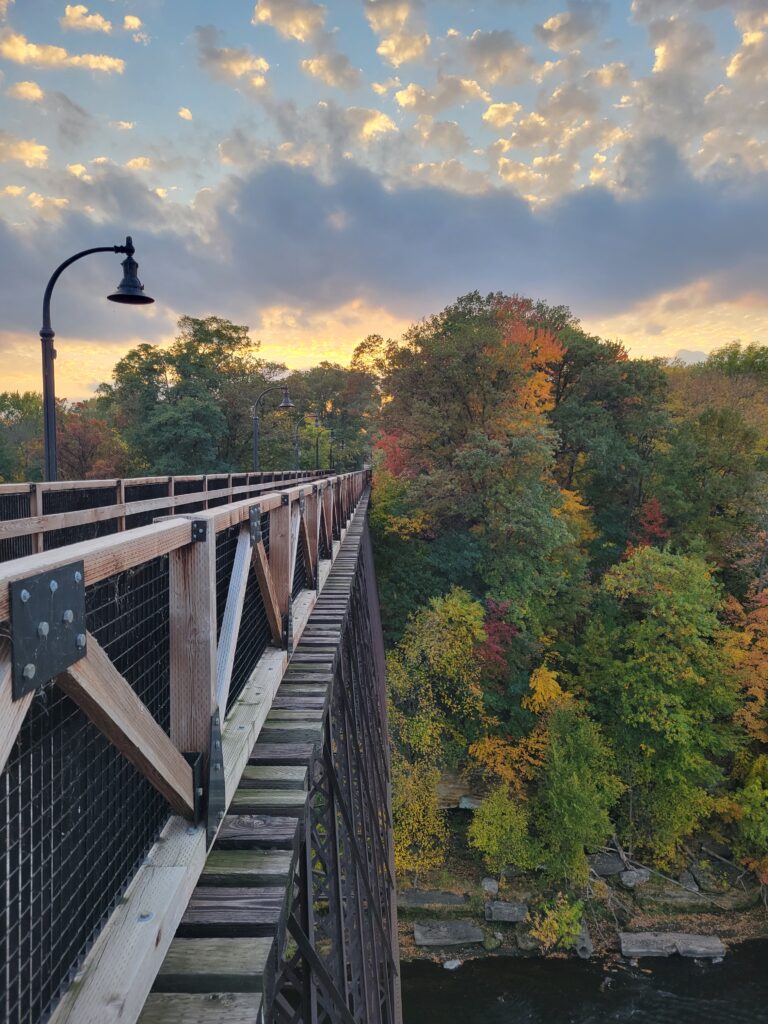 Trees are good. For those who hold trees in high esteem, this simple statement feels as much a universal truth as the sky being blue or the sun rising in the east. It can feel unfathomable that anyone might hold a contrasting opinion.
Trees are good. For those who hold trees in high esteem, this simple statement feels as much a universal truth as the sky being blue or the sun rising in the east. It can feel unfathomable that anyone might hold a contrasting opinion. The Wisconsin Department of Natural Resources (DNR) has announced the recipients of the Urban Forestry Catastrophic Storm Grants to assist with damage sustained during severe storms that took place Aug. 9, 2025. Catastrophic storm grants range from $4,000 to $50,000 and do not require a dollar-for-dollar match. Grant funding was distributed among the following three communities:
The Wisconsin Department of Natural Resources (DNR) has announced the recipients of the Urban Forestry Catastrophic Storm Grants to assist with damage sustained during severe storms that took place Aug. 9, 2025. Catastrophic storm grants range from $4,000 to $50,000 and do not require a dollar-for-dollar match. Grant funding was distributed among the following three communities: 

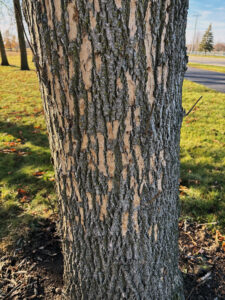

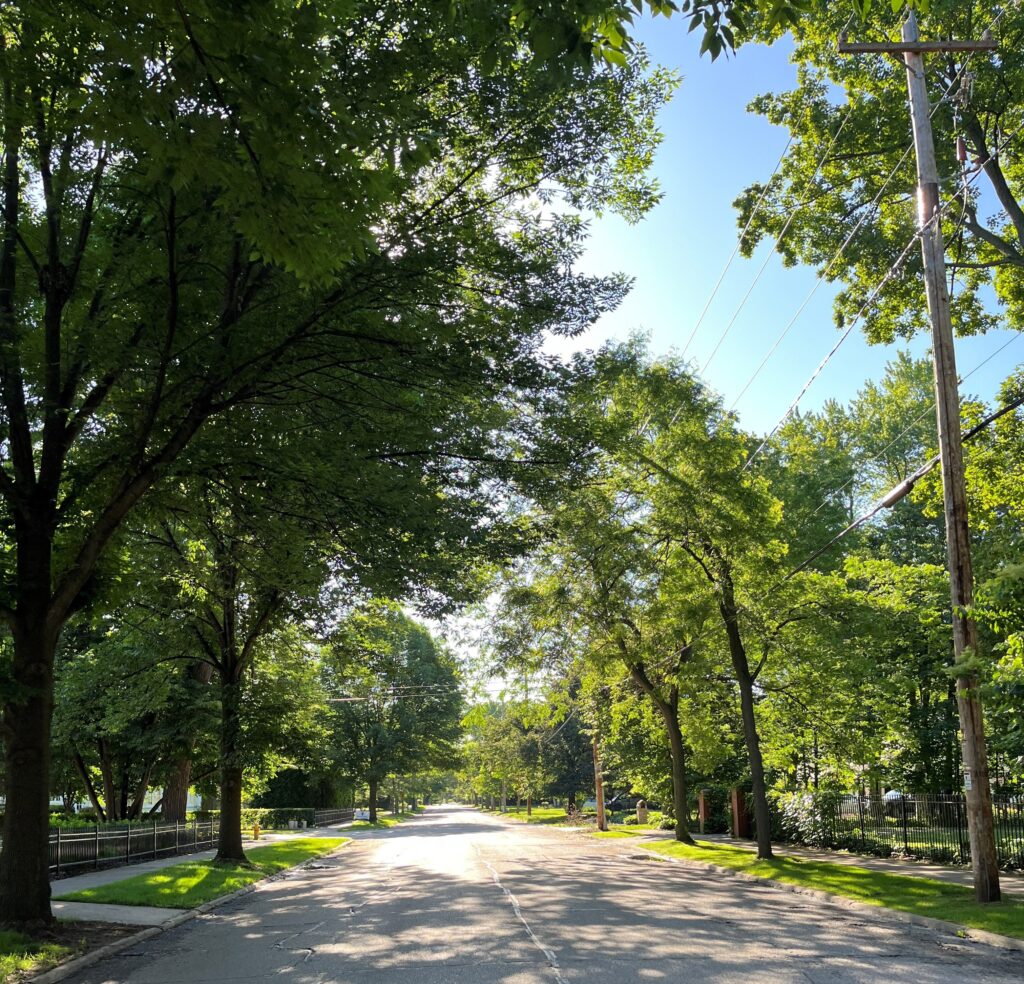 The 2026 Urban Forestry Grant application deadline was Oct. 1, 2025, and the Wisconsin Department of Natural Resources (DNR) received 71 applications, equaling over $1.1 million in funding requests. A total of $559,680 is available in grant funding for 2026.
The 2026 Urban Forestry Grant application deadline was Oct. 1, 2025, and the Wisconsin Department of Natural Resources (DNR) received 71 applications, equaling over $1.1 million in funding requests. A total of $559,680 is available in grant funding for 2026. The Wisconsin Department of Natural Resources (DNR) is offering free tree seedlings to every fourth-grade student in Wisconsin as part of its annual
The Wisconsin Department of Natural Resources (DNR) is offering free tree seedlings to every fourth-grade student in Wisconsin as part of its annual 